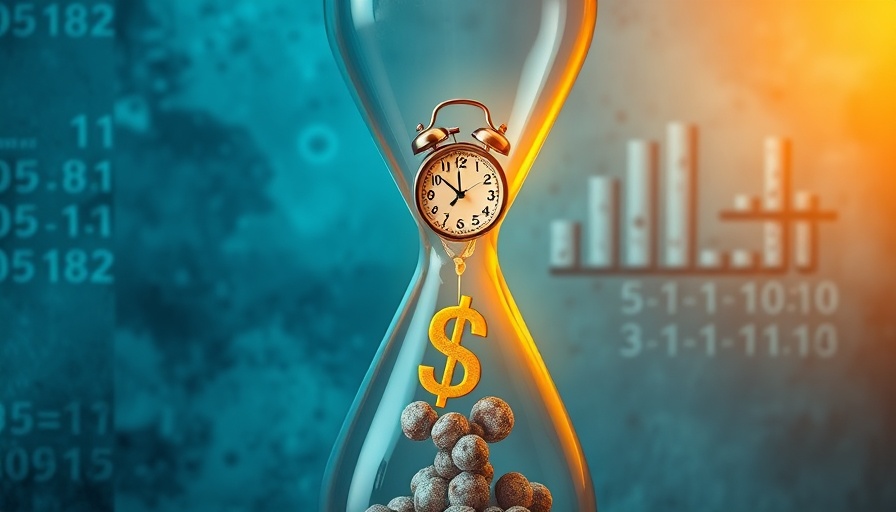
Understanding the Rise of Buy Now, Pay Later Cards
As household debt in the United States reaches staggering heights, the popularity of Buy Now, Pay Later (BNPL) services continues to expand dramatically. Recent statistics reveal that 15% of consumers are now utilizing these installment payment plans for a variety of purchases - from routine groceries and gas to event tickets and luxury items. With Klarna and PayPal leading the charge, the latest trend has involved the introduction of physical cards that allow customers to integrate BNPL options directly into their everyday shopping experiences.
The Everyday Impact of BNPL Cards
Physical cards, like the new Klarna Card and PayPal’s offering, are designed to make BNPL payments as seamless as possible. The Klarna debit card can be utilized at over 150 million merchants that accept Visa, providing users with the flexibility to either pay upfront or utilize BNPL options on everyday purchases. Meanwhile, PayPal has introduced a credit card that combines traditional credit functionalities with BNPL features, allowing users to accrue a balance akin to conventional credit cards while still enjoying payment flexibility.
The Hidden Risks of Easy Payments
While the convenience of BNPL cards offers shoppers flexibility, it also harbors certain risks. Financial experts have raised concerns regarding the potential for these payment options to become a double-edged sword. Alaina Fingal, a seasoned accountant, points out that reliance on BNPL for regular expenses can create a cycle of dependency. "Once consumers start using BNPL for essentials, it can blur the lines between budgeting and falling into a debt trap," she notes. Such dependency can lead to weighing individuals down under previously manageable financial burdens.
The Evolution of Payment Choices: Trends to Watch
The implementation of these cards signifies a noteworthy evolution in consumer payment preferences. With shoppers increasingly desiring the autonomy to choose how and when they pay, financial institutions are adapting their services to accommodate these demands. As David Sandström, chief marketing officer at Klarna, articulated, this progression aims to give consumers both immediate payment capabilities and longer-term financing options, allowing them to tailor their shopping and budgeting methods.
What This Means for Savers and Investors
For those planning for retirement or managing investments, understanding these emerging trends is vital. The proliferation of BNPL services could signify shifts in spending behaviors that may affect economic stability and consumer confidence in the long run. As individuals increasingly utilize these services, they may inadvertently divert savings opportunities or investments into the repayment of accrued BNPL costs.
Counterarguments: Buying Power vs. Financial Responsibility
While advocates of BNPL schemes argue they enhance purchasing power, critics warn that the mental shift towards viewing debt as a commodity could lead to financial irresponsibility. It's essential for both consumers and financial advisors to strike a balance between taking advantages of modern payment options and ensuring sound financial practices. Relying on debt for everyday necessities may lead to greater financial stress down the line, contradicting the benefits these schemes are purported to provide.
Conclusion: Making Informed Financial Decisions
As BNPL physical card options gain traction, it becomes increasingly important for consumers—from savers to investors—to remain vigilant about their financial choices. With household debt levels continuing to rise, the ease of accessing credit through BNPL can swiftly lead to unmanageable expenses. By staying informed and fostering responsible financial habits, individuals can continue to enjoy the conveniences offered while safeguarding their longer-term financial health. Explore the financial implications of these trends further and assess how to incorporate prudent strategies into your own planning.
 Add Row
Add Row  Add
Add 




 Add Row
Add Row  Add
Add 








Write A Comment